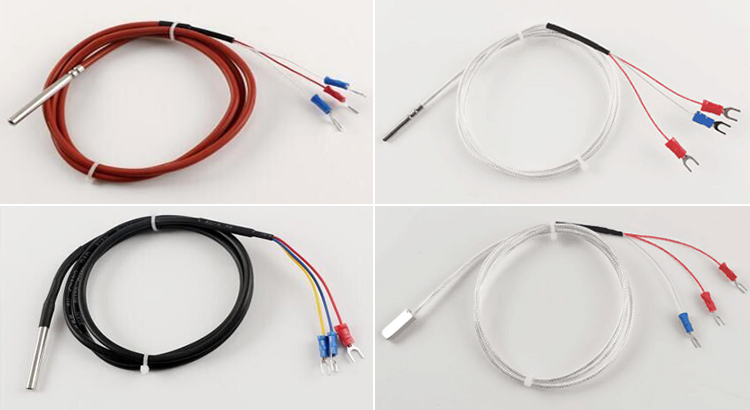Notable Things on Choosing Pt100 Temperature Detectors
Pt100 temperature detectors are a resistor that changes resistance value as its temperature changes. They are the most popular RTDs (Resistance Temperature Detector) used worldwide. There are a lot of such products on the market, however, the quality and effect varies. To achieve the effect we expect those detectors to, some aspects should be paid attention to.

Temperature accuracy must be the most important for pt100 temperature detectors since they are used to simply measure the tempeature. Different accuracy classes for these temperature detectors are available. There are two resistance tolerances widely applied globaly as specified in DIN/IEC751: Class A = ±(0.15 + 0.2%)°C and Class B = ±(0.3 + 0.5%)°C. The correct accuracy class should be selected according to the acutally project. While the accuracy mostly, on one hand, depends on the purity of the metal (generally copper on the market) used to make the wire of the detector. The purer the metal is, the higher is the accuracy. And most of copper-made wires are wrapped with silve plating for better effect of stability and accuracy. Copper may be not the only material that can be made to such cable, while considering the efficacy, material cost and susceptibility to corrosion compared to other metals, it is the best choice. On the other hand, the probe as a core part aslo matters. It should be thermal sensitive and able to withstand instantenous thermal shock, which ceramic chip and insulation materials always contribute to. Corrosion resistance is also important since they are always long immersed in liquids.
Having been used for many years to measure temperature, pt100 temperature detectors have developed a reputation for accuracy, repeatability, and stability in laboratory and industrial processes.In recent years, it has become increasingly popular due to improvements in meters and controllers. What we use today is flexible enough to allow users to set up a broad range of thermistors.





